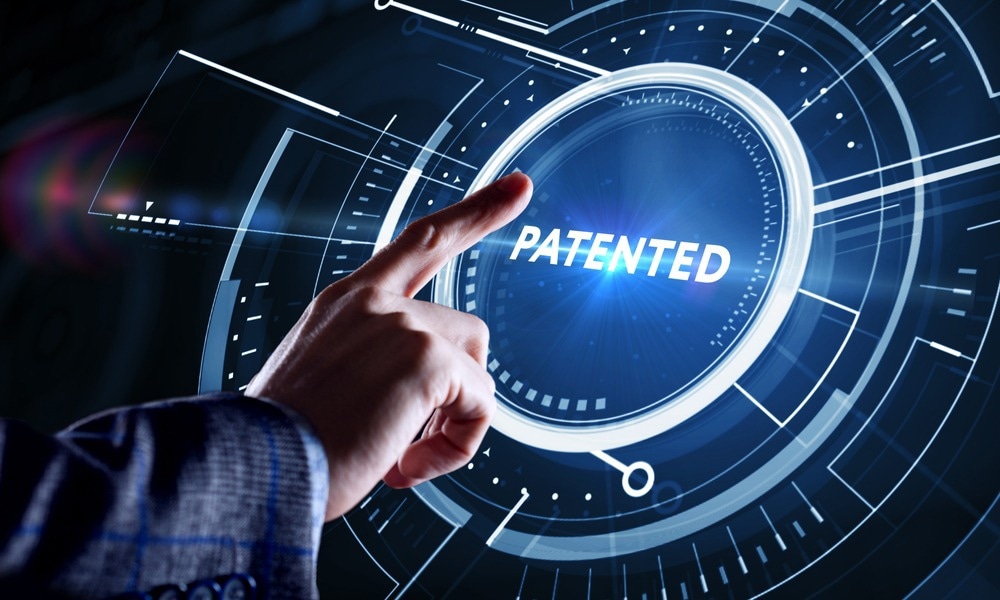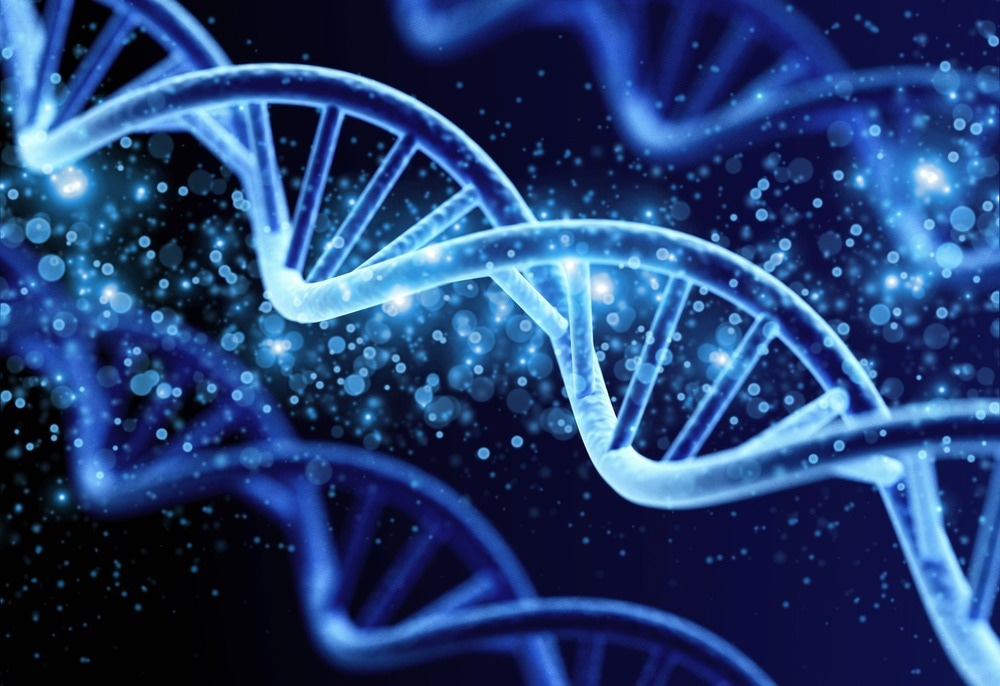Patents are extremely important for companies operating on life sciences-based strategies, such as pharma companies. During the early phase of developing and testing a new drug, patents are one of the most important assets that provide an incentive to invest in drug development.

Image Credit: Den Rise/Shutterstock.com
Importance of Patents within Life Science Sectors
Patenting is a type of intellectual property that provides exclusivity to the inventor. The government grants a patent for an invention, which permits the inventor to stop others from making, using, or selling the invention without their permission.
When a patent is granted, the invention becomes the inventor's property. Like any other business asset or property, it can be bought, sold, hired, or rented. Patents demonstrate the credibility of a product, which raises its commercial value. These are often used to negotiate with competitors or collaborators and secure the inventor's position in the market.
The bioscience sectors are amongst the top in all patenting categories. By granting a period of legal monopoly through patents, companies are given crucial incentives to conduct risky and expensive research and development (R&D) programs for new drugs and treatments. Patents can be extremely beneficial for R&D and business profitability. For instance, Pfizer generated $100bn from the cholesterol drug Lipitor. The patent on this drug gave Pfizer exclusive rights over the manufacturing and distribution of this sought-after treatment.
What can be Patented in Life Science?
Biological products, including genes, proteins, stem cells, antibiotics, and transgenic organisms, can be patented in most countries. Like chemical products, bioproducts are also required to fulfill similar patentability criteria. Some of the patent categories related to life sciences are discussed below:
Medical
Patents are obtained for new formulations, therapy, and processes for making a new medicine. Additionally, drugs and new use of existing drugs, biobetters, and biosimilars can be patented.
Medicines can be patented following the same criteria as any chemical product, i.e., based on the structural formula and chemical name. In the case of obtaining a patent for a new drug, the compound's efficacy in treating the disease must be demonstrated.
For antibody patenting, the Patent Office requires detailed information on the structure and sequence of the compound. The European Patent Office (EPO) grants an antibody patent if it satisfies certain patentability criteria, such as binding specificity and affinity to the antigen.
Biotech inventions have been applied to medical devices and are eligible for patents. Some inventions include implantable devices (e.g., taxol-coated stents) and home diagnostic kits to determine sugar and hormone levels from urine and blood test.
DNA and Proteins
The Patent Offices treat proteins and DNA as chemical entities. Isolated and purified forms of these biomolecules are treated as novel products. In these cases, the patent application must be provided with detailed use of the new gene or protein.
Patents can be granted to artificial DNA, DNA vectors, viral vectors, genetically engineered proteins, antisense oligonucleotides, and PCR primers. Additionally, patents are applied for DNA and RNA vaccines, PCR methods, molecular sequencing methods, and nucleic acid manipulation techniques, such as gene editing (e.g., CRISPR).
Due to major technological advancements, more patents are being granted to proteomics, recombinant protein expression systems, polypeptides and peptides, industrial enzymes, synthetic proteins, chimeric proteins, blood products, glycobiology, biomaterials, protein purification, and peptide therapeutics.
The US Supreme Court ruled that US patents could not be granted for products associated with genomic DNA. The court considered genomic DNA a "product of nature." Since then, the United States Patent and Trademark Office (USPTO) has rejected patent applications for many natural products, such as a new drug compound isolated from a plant. However, it must be noted that this ruling is only applicable to the US, and many other countries do not follow such rules. Notably, this ruling does not affect the patentability of artificial DNA constructs.

Image Credit: Billion Photos/Shutterstock.com
Biochemical Targets
Biochemical targets that are associated with metabolic pathways have a patent right. These targets can be knocked-out/knocked down by a compound to alleviate a diseased state. Commercial companies often keep these targets secret and only obtain a patent for the compound that targets specific biochemical pathways.
Maintaining secrecy about the targets holds a commercial advantage, as no other companies will know the binding site and interaction mechanisms. Hence, as long as the target remains unknown to the competitors, the company can continue to benefit from medicinal exclusivity. However, if a target is discovered in academic research, such a level of confidentially is highly unlikely.
It is possible to obtain patents for screening methods for agonists or antagonists which bind to specific targets. The commercial gain of this invention is to identify compounds that can bind to the target and block or enhance molecular activities. Patent officers determine if the screening method is novel and beneficial.
Microorganisms and Human Cells
Patents are granted to an isolated form of bacteria, which must be unique from previously known microbes, has a novel practical use, and satisfies the enablement requirement. In addition, if a new method is used for deriving a new microorganism, i.e., the development of an E.coli mutant containing a plant gene, it can be considered for a patent.
If scientists can isolate, purify and develop specific human cell lines, which is extremely useful in relevant research, they are entitled to apply for a patent. Many patents have been granted to stem cell development, particularly pluripotent stem (iPS) cell lines, and methods of producing iPS cells to form specific cell types.
Transgenic Plants and Animals
The agro-biotech industry has received patents for drought-and salinity-resistant plants and those with high nutrient contents. Similar to transgenic plants, new genes are inserted into animals to develop transgenic animals. For example, a transgenic cow has been developed that contains a nucleotide sequence encoding human insulin, such that human insulin is secreted in the cow's milk.
Sources:
- Unlocking Patents as a Data Source in the Life Sciences – Overview of Challenges and using Semantic Technology to overcome them. (2022) [Online] Available at: https://www.scibite.com/news/unlocking-patents-as-a-data-source-in-the-life-sciences-overview-of-challenges-and-using-semantic-technology-to-overcome-them/
- Life Sciences top patent publishing list. (2022) [Online] Available at: https://cipher.ai/insights/life-sciences-top-patent-publishing-list/
- Life science patents. (2022) [Online] Available at: https://www.mewburn.com/life-science-patents-advice
- Patent rights are vital to the life sciences sector. (2021) [Online] Available at: https://www.tmkiln.com/news-insights/insights/the-impact-of-covid-19-on-life-science-patents/
- Smith, J., et al. (2017) Evidence of insufficient quality of reporting in patent landscapes in the life sciences. Nature Biotechnology, 35, pp. 210–214. https://doi.org/10.1038/nbt.3809
Last Updated: Jan 20, 2023